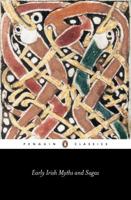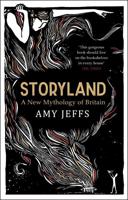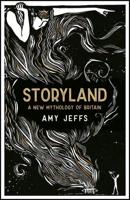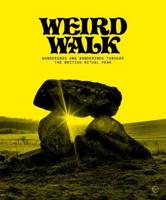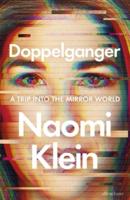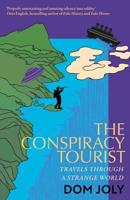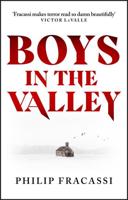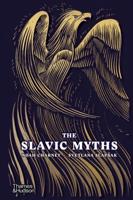Publisher's Synopsis
Starting as a meditation on mortality after the illness and death of her husband, Margot Adler read more than 260 vampire novels, from teen to adult, from gothic to modern, from detective to comic. She began to wonder why vampires have such traction in our society. Why is Hollywood spending billions on vampire films and television series every year? This interest led her to explore issues of power, politics, morality, identity and even the fate of the planet. Adler writes, "Vampires let us play with death and the issue of mortality. They let us ponder what it would mean to be truly long lived. Would having a long life allow us to see the world differently, imagine social structures differently, have a longer view? Would it increase or decrease our reverence for the planet? Vampires allow us to ask questions we usually bury. "Every society creates the vampire it needs," wrote the scholar Nina Auerbach. Adler's book explores how vampires have existed in culture throughout history and how our obsession has continued to grow. Dracula was written in 19th century England when there was fear of outsiders and of disease seeping in through England's large ports. Dracula, an Eastern European monster, was the perfect vehicle for those fears. But who are the vampires we need now? In the last four decades, going back to Dark Shadows, we have created a very different vampire: the conflicted, struggling -to-be-moral-despite-being-predators vampire. Spike and Angel, Stefan and Damon, Bill and Eric, the Cullens who are all struggling to be moral despite being predators, as are we. Perhaps Vampires are us.

